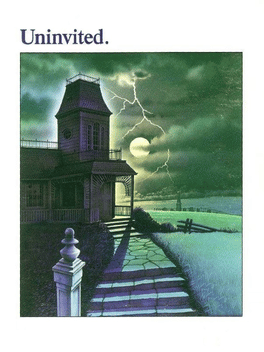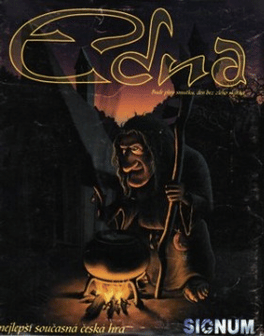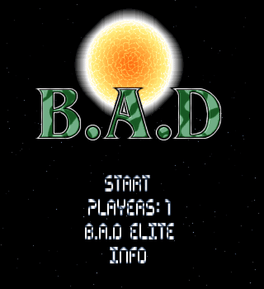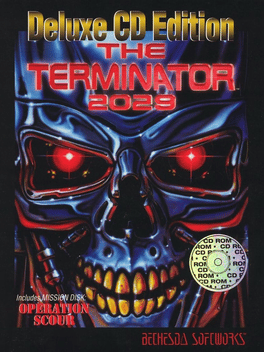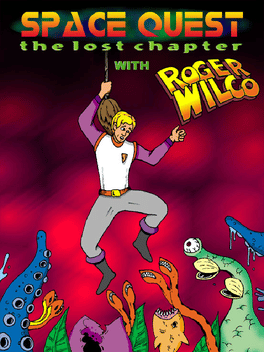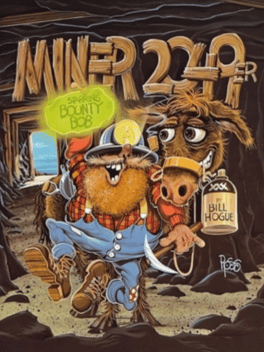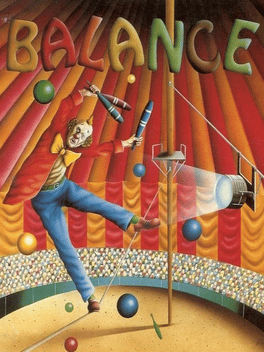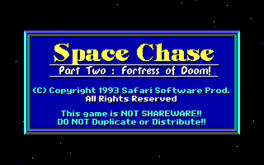Most Popular Dos Games - Page 5
-
Uninvited
1988
-
Barbarian
1996
-
MER Adventure Climbing
1995
MER Adventure Climbing is an advertisement game where the player controls a free climber and the aim is to reach the top of Mt. Guano. The game also included a code where once a player reached the top of the mountain to be able to win a visit to London. -
Edna
1997
-
B.A.D.
1997
B.A.D.
1997
Martians Attack! Due to their sub-terrainian habitat, the people of earth did not know of the Martian’s existence, or their unscrupulous leader, Rupert. The Martians have decided that they are tired of making crop circles and plan to attack the Earth instead. Fight your way through wave after wave of nasty Martian enemies! -
Creep Clash
A real-time rendered True 3D fighting game. A challenge is held at the stroke of midnight to decide who is the most worthy ghoul to reign as the next Lord of Necrovania. -
The Terminator 2029: Deluxe CD Edition
1994
The Deluxe CD Edition, released in 1994, includes the original game along with the 1993 expansion pack Operation Scour, giving a total of 34 missions.[6] This edition also includes 330MB of additional mission briefings and character speech, as well as new gameplay music. -
Eco: Saurus
1991
Eco: Saurus
1991
In this simple point-and-click adventure game intended for young children, travel around an island populated with dinosaurs and pick up trash in order to recycle it into parts for a spaceship. -
Baroll
2000
-
Space Quest: The Lost Chapter
2001
Space Quest: The Lost Chapter (aka Space Quest 2.5) s a fan made sequel to Space Quest II: Vohaul's Revenge. -
Miner 2049er
1983
-
Balance
1993
-
Space Chase II: Fortress of Doom!
1993
Jason Storm chases after alien invaders in this 2D platformer. Solve puzzles, jump over Slime Devils and PatrolBots if you can’t find a vantage point which lets you shoot them, and be careful to not run out of ammo! -
Alien Attack
1993
Alien Attack
1993
Alien Attack is an ASCII text game. You control a ship and have to destroy the alien fighters. The aliens will stop at nothing to destroy the Earth. Let one by and you lose. You have to be quick because the aliens come in sets of threes. After a little while, the speed of the game increases and you have to be fast because it gets faster and faster. You have to have good timing in this game because if you miss once in the fastest speed, you're done. There are no power-ups in this game. A high score table keeps track of the players' results.
